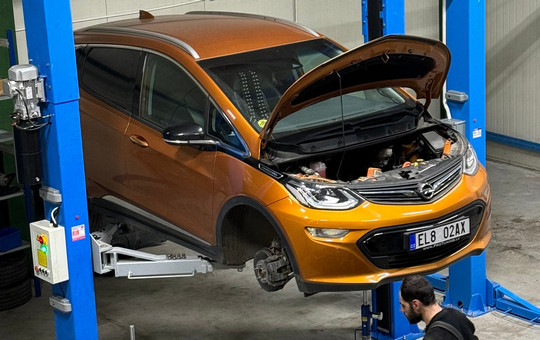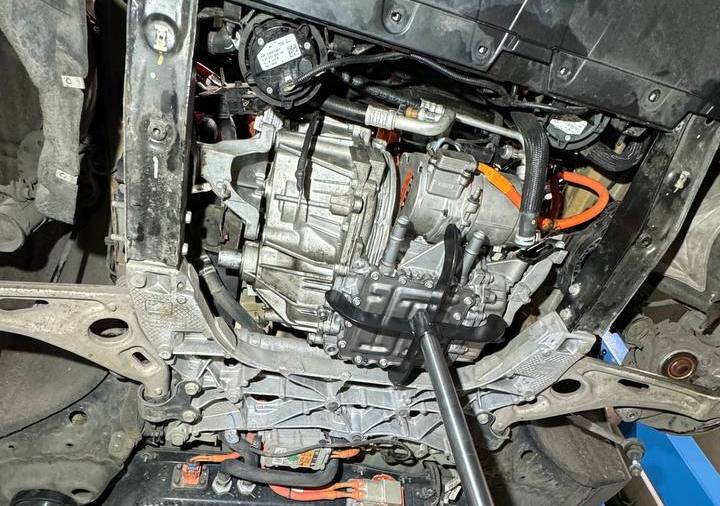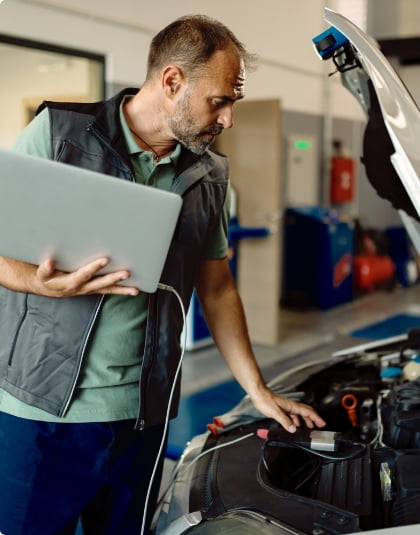Repair of the electric motor on OPEL Ampera-e (Chevrolet Bolt)
OPEL Ampera

Is it more beneficial to brake with your "hand or foot"? It's a double-edged sword!
One of the first cars that came to our electric section at the newly opened service center was an OPEL Ampera-e, with a client's request to eliminate increased transmission noise while driving. The owner of the 2018 OPEL Ampera-e (with a mileage of 75,000 km) uses the car as a taxi in the city.

Diagnostic results:
During the initial diagnosis, foreign noises were detected in the electric motor differential. Upon further complete disassembly of the unit, signs of destruction (chipping/wear) of the differential satellites were discovered.
Solution for fixing the fault:
Replacement of the differential bearings and satellites (part number 25205777).
Vehicle information:
The OPEL Ampera-e is powered by an electric motor with a power output of 204 hp (150 kW) and a fairly high torque of 360 N•m. Due to this circumstance, frequent and abrupt changes in the direction of movement (during regeneration) negatively affect the transmission components, leading to increased stress on the parts and, as a result, causing the destruction of the friction elements of the transmission (chipping), in this case, the differential satellites.
Possible causes of this fault:
Regular use of the "L" mode (increased regeneration) without proper skill and/or an engineering flaw in the design of this unit.
Our recommendations to advocates of excessive economy and rationalization:
Remember that completely free cheese, in the form of "free" energy obtained while performing the braking function, as well as the additional bonus of no brake pad wear, is only found in a mousetrap.
Prevention and tips:
Reasonably use the increased regeneration mode with certain skills and one-foot driving techniques, and don't forget the traditional driving mode "D" where you can use coasting and braking with the steering wheel button to adjust the intensity of regeneration – braking "with one hand".



